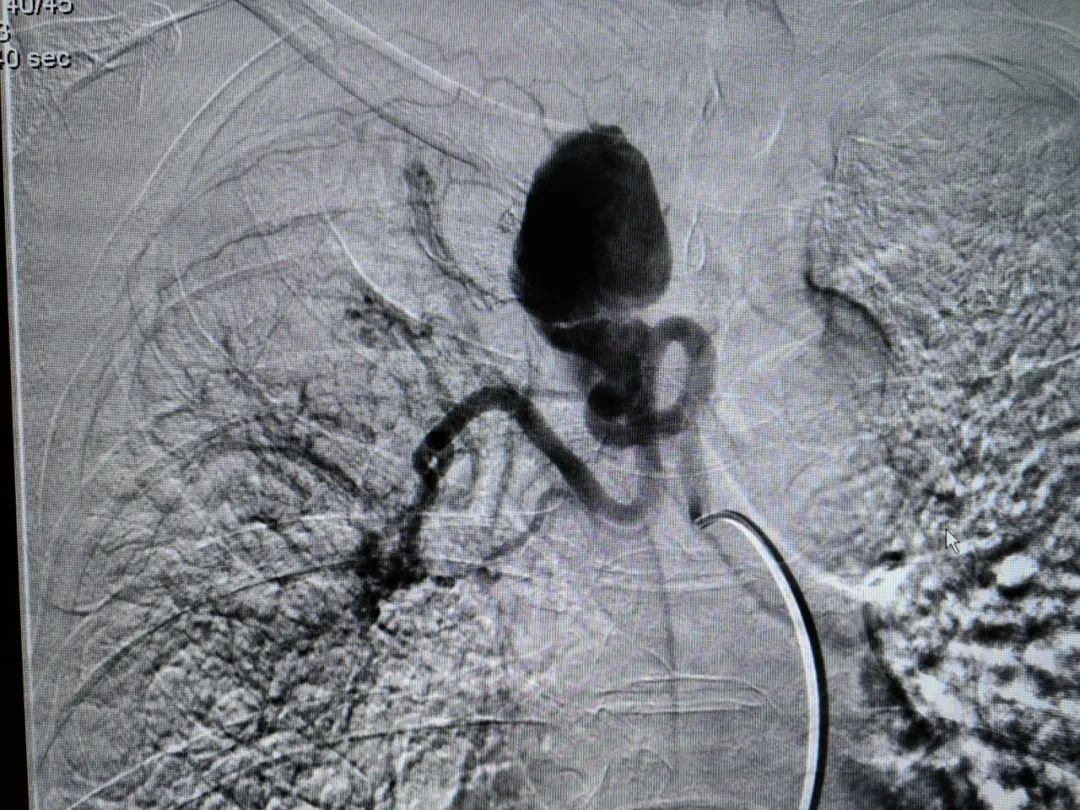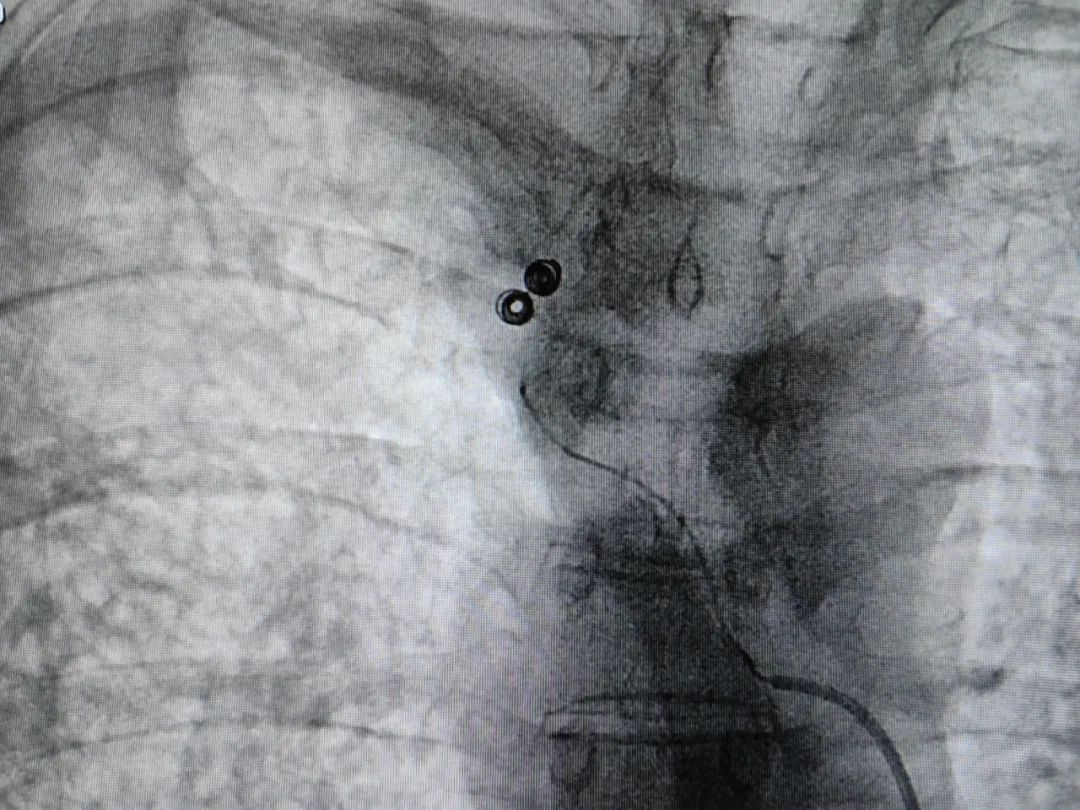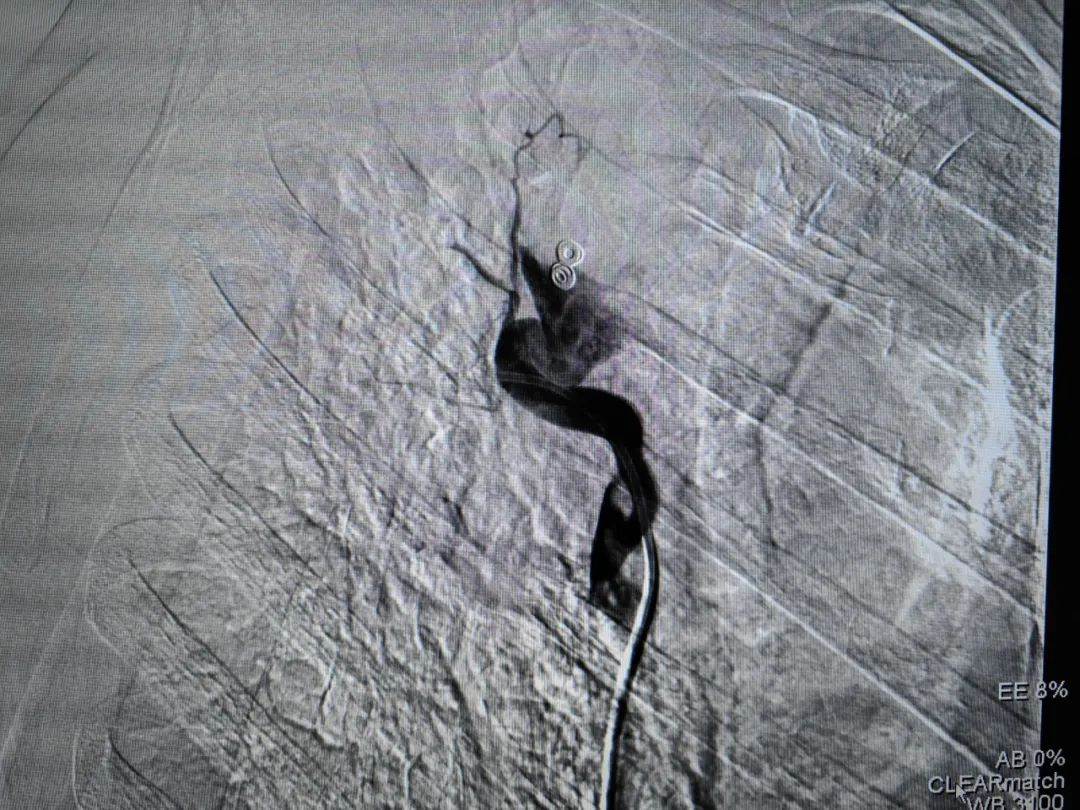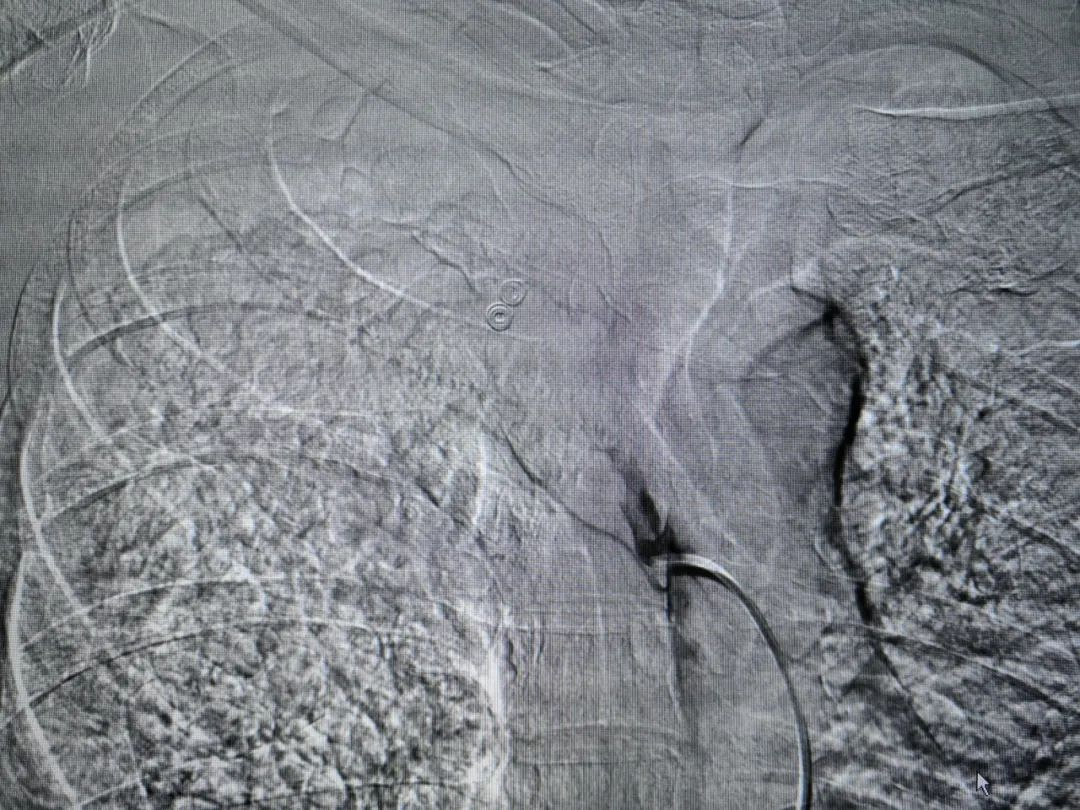"Thank goodness the surgery was timely, or else I would have been in mortal danger!" Recently, in the ward of the Minimally Invasive Treatment Center(MITC) at Guangzhou Royal Lee Cancer Center, Wu (pseudonym), who was about to be discharged, expressed her gratitude repeatedly to the medical staff.
Sudden Hemoptysis, an Urgent Situation
A month ago, Wu experienced intermittent hemoptysis without apparent cause, accompanied by dyspnea and cough. Upon examination at the hospital, it was discovered that she had a massive bronchial artery aneurysm. Seeking further treatment, Wu came to Royal Lee.
Upon admission, Dr. Huang Deliang, the Chief Physician and Technical Director of the Minimally Invasive Treatment Center at the hospital, along with the team, promptly discussed treatment plans based on the patient's condition and chest CT findings, closely monitoring any changes in her condition.
"Relying solely on conservative drug treatment would be difficult to control bleeding in the short term. If a massive hemoptysis were to occur later, the risk of suffocation and hemorrhagic shock would be too great, making this situation a 'time bomb'." Dr. Huang Deliang and the team unanimously decided that, for the sake of the patient, performing minimally invasive bronchial artery embolization as early as possible was the best treatment option, given its advantages of rapid hemostasis, minimally invasive nature, and safety.
Subsequently, the members of the MITC urgently coordinated with other departments such as the Imaging Department and the Anesthesiology Department, making meticulous preparations for the surgery.
Interventional Hemostasis, Immediate Results
After completing preoperative preparations, Dr. Huang Deliang led the team in manipulating the interventional catheter under the guidance of high-definition DSA equipment. During the procedure, the angiography showed that Wu's bronchial artery was abnormally dilated and tortuous, with a local bulge resembling a spherical shape measuring 3.5cm*3.0cm, indicating an aneurysm.

Aneurysm

Embolization with spring coils after superselection

After embolization, angiography shows disappearance of the arterial aneurysm

Complete embolization of the right bronchial artery

Aneurysm

Embolization with spring coils after superselection

After embolization, angiography shows disappearance of the arterial aneurysm

Complete embolization of the right bronchial artery
" The culprit behind the patient's hemoptysis is this bronchial artery aneurysm." Dr. Huang Deliang explained that due to local blood flow impact, the bronchial artery becomes abnormal, forming a weak arterial aneurysm like a "time bomb" that could rupture and lead to life-threatening bleeding.
After identifying the bleeding site and the diseased vessels, the next three hours were truly nerve-racking. Dr. Huang Deliang sequentially embolized the diseased vessels and the aneurysm. The patient's hemoptysis symptoms immediately eased, and the medical team's tension finally subsided.
During the procedure, the bronchial arteries were highly variable, requiring the surgeon to have exceptional technical skills to avoid inadvertent embolization of spinal cord vessels. Additionally, the selection of embolization materials and particle sizes during embolization required strict criteria, including choosing sponge particles with a diameter of 700-1000μm and spring coils — all of which demanded the doctor's expertise, proficiency, and meticulous attention to detail. Dr. Huang Deliang managed each challenge with composure.
After careful treatment and attentive care, Wu's condition significantly improved, and her mental state continued to improve. She was discharged smoothly from the hospital.
Bronchial Artery Embolization Shows Immediate Effectiveness in Treating Hemoptysis
Bronchial artery aneurysm is a rare condition that often presents with symptoms such as hemoptysis and chest pain, posing a lethal threat to the body. The etiology includes congenital vascular malformations and acquired inflammation. Traditional treatment methods mainly involve surgical intervention, while embolization intervention therapy is an emerging scientific approach.
Bronchial artery embolization for the treatment of hemoptysis has a high immediate hemostasis rate, with advantages such as minimally invasive, efficient, safe, precise, and fewer complications, minimal trauma, and rapid recovery. Its immediate and short-term efficacy is evident, with significant long-term effectiveness.
